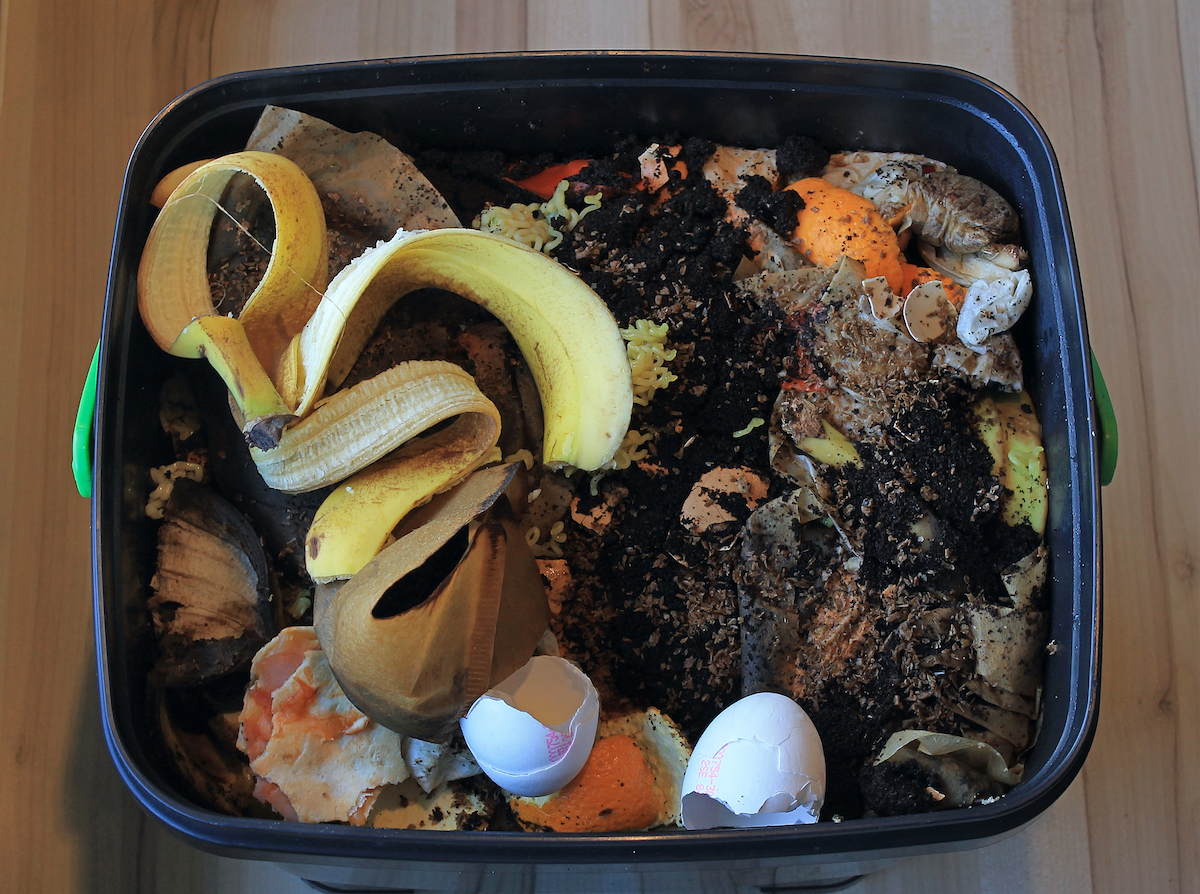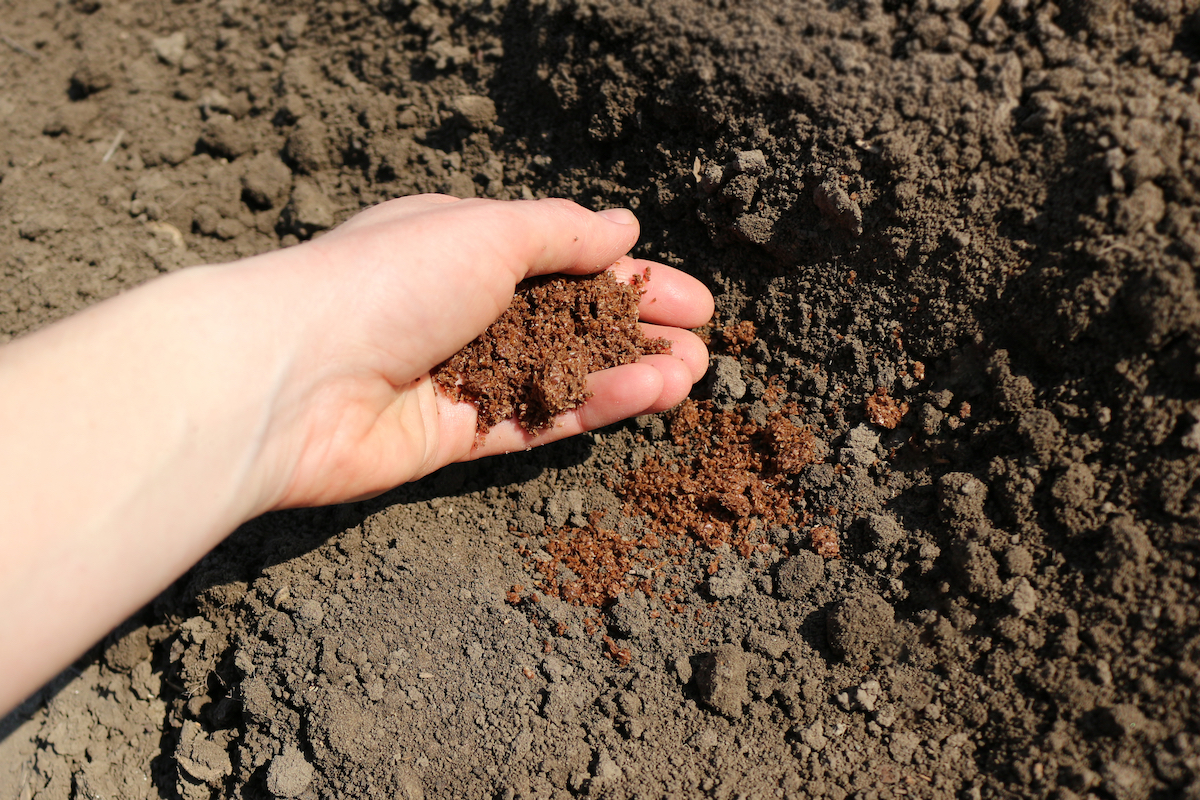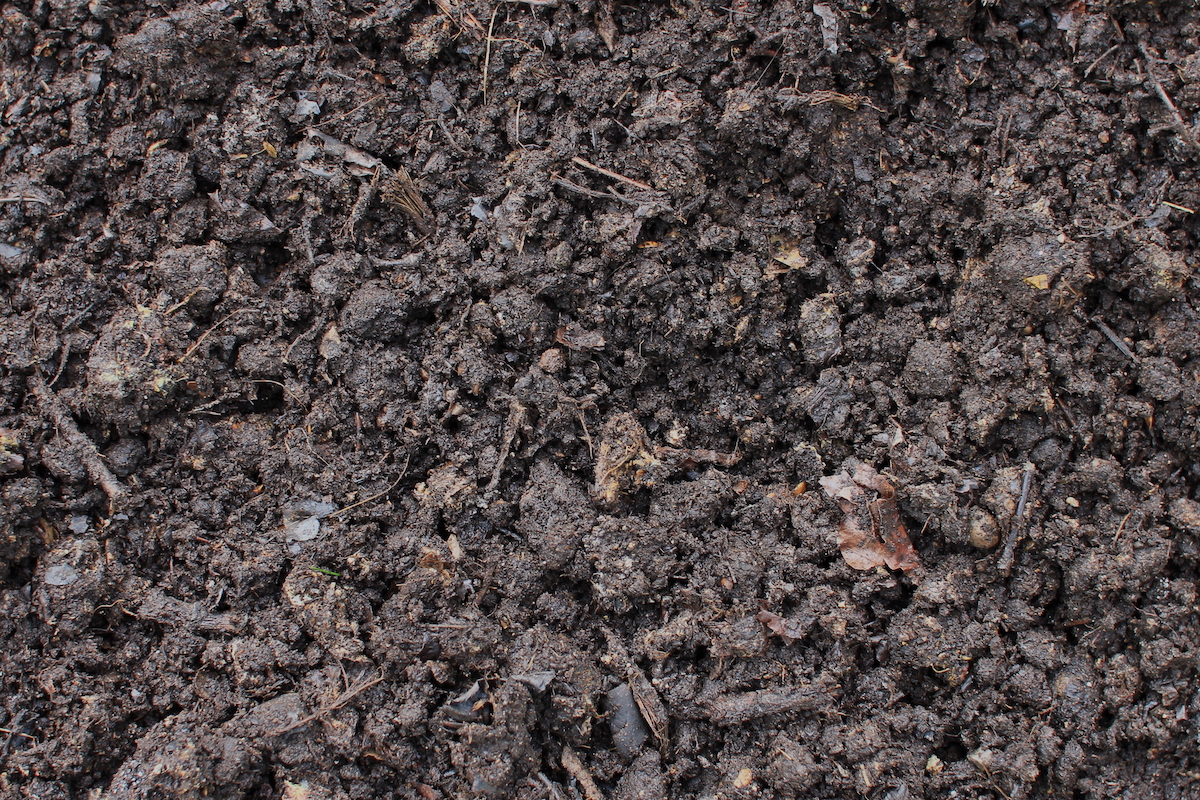- Bokashi is categorically different from other kinds of composting: it is an anaerobic process that ferments organic matter instead of fully decomposing it.
- Even though it requires special material and equipment, this process produces by-products in very little time that are really nutritious for plants.
- Bokashi composting is a quick, safe, simple, and effective process. With a very small carbon footprint, this technique contributes to mitigating the effects of climate change.

Composting is a great practice for both cultivation and the environment. But not everyone is aware that there is a great choice of composting techniques available. At a fundamental level, all composting is a process through which organic materials are decomposed in a controlled way to produce matter that can be used to return nutrients to the soil. The basic recipe for traditional compost is a mix of green, nitrogen-rich materials, and carbon-rich materials, as well as air and water.
Within this wide definition, there are many different ways of making compost. There are simple composts made from all kinds of organic waste, except for meat products: these are piled up and left to decompose; the vermicompost is made by using worms to accelerate the organic matter decomposition process; windrow composting is used on a large scale, and involves long rows of organic matter that is aerated regularly, …
But bokashi is quite different from all these composting techniques, as it only takes around 10 days to turn organic matter into usable material. What's more, it showcases one of the highest nutritional values found amongst matter produced using any of these composting methods.
How does bokashi work?
Bokashi is a Japanese word that means 'fermented organic matter', and it was developed by Dr. Teruo Higa in the early 1980s. Dr. Higa is a professor at the University of the Ryukyus in Okinawa, Japan. The bokashi technique involves placing food scraps (from vegetables and fruits, as well as from meat and dairy products) in an airtight container, together with an inoculant or accelerant.
The inoculant generally consists of cereal germ or bran, normally from wheat, combined with molasses and anaerobic bacteria, most often Lactobacillus, which are frequently called 'effective microorganisms' (EM) or 'bokashi activators'. The bran and molasses mix feeds the microorganisms, which are the same natural microorganisms found in soil.

The bokashi bucket consists of a tight-fitting lid and a spigot near the bottom for the drainage of the liquid produced, which avoids the development of bad odours, and also helps retain this liquid to produce 'bokashi tea', a really nutritious solution that can be used to fertilise indoor plants.
When placed in layers out of direct sunlight, the mix quickly starts to ferment, and in two weeks it can be added directly to the garden soil or to a traditional compost heap to finish its decomposition process. In a nutshell, bokashi is a fermentation process rather than a traditional composting technique.
Bokashi = anaerobic fermentation
Unlike traditional compost, which involves an aerobic process that requires oxygen, bokashi is an anaerobic process that requires isolating the materials from oxygen to avoid their oxidation. The bucket must only be opened to add more scraps, and some people recommend pressing the food scraps to squeeze the air out, for then placing a plate or a flat object on top to protect the matter from being exposed to oxygen.
When the process is finished, the bokashi gets a peculiar smell, reminiscent of wine or beer fermentation, due to the presence of similar microorganisms, mainly yeasts and lactic acid bacteria. The next step entails digging holes in the garden, adding the fermented bokashi compost, and then covering it with soil before sowing.
When bokashi is added to the soil, it decomposes easily and attracts worms, fungi, bacteria, protozoa, and other beneficial organisms. The result is the transformation of food scraps into a source of high-quality, slow-release nutrients. Thus, bokashi-treated soil will aid plants in the absorption of nutrients and antioxidants, which will in turn help them grow healthily and vigorously.

Advantages of bokashi compost
- Unlike other composting methods, it allows for the use of dairy and meat waste, including bones.
- It can be made in a relatively small space as the organic matter does not need to be aerated.
- It is fast. With optimum temperatures, the whole process only takes two weeks. Traditional compost takes 100 days, and conveys the loss of two thirds of the matter initially added. With bokashi, in 10 days you will still have 100% of the matter, but with concentrated nutritional value.
- It is inexpensive. The only thing that you need to purchase is bran inoculated with EM bokashi. Alternatively, you can purchase full bokashi kits in many garden centres.
- The use of this type of organic nutrition has also proven to have properties that help to drive pests away and to attract beneficial insects.
- Bokashi is also better for the planet: nothing is wasted as the full nutritional value of food is still present, with nothing becoming oxidised. If the compost is out in the open air, it evaporates, creating methane, carbon dioxide, water vapour, ammonia, etc. All the components that need to be in the soil get lost in thin air, producing greenhouse gases and bad odours derived from hydrogen sulphide.
- The airtight fermentation buckets eliminate the risk of underground water contamination. The liquids produced can be used as high-quality probiotic plant food, as opposed to chemical petroleum-based nutrients.
- Besides providing leachate control, bokashi also helps reduce pathogens and mitigates noise, dust, mud, odours, and airborne debris.

Drawbacks
- The material produced is a fermented product, not a traditional compost that can be applied as a topsoil to any garden. Bokashi needs to be buried in the soil or added to traditional compost for greater decomposition. Therefore you need a place on the ground where you can bury your fermented mix.
- You need a special airtight bucket or container capable of draining the liquid produced by the bokashi.



Comments from our readers
There are no comments yet. Would you like to be the first?
Leave a comment!Did you like this post?
Your opinion about our seeds is very important to us and can help other users a lot (your email address won't be made public).